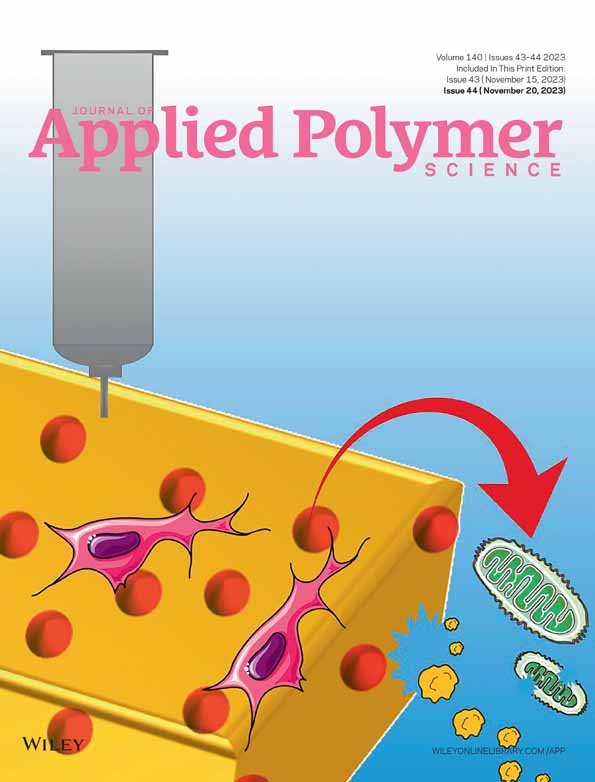Influence of carbon black particle size on fatigue life of rubber compound by varying strain and temperature
Abstract
Fatigue failure is one of the most critical failure modes in engineering structures. The fracture process proceeds through two major phases: crack nucleation and subsequent crack propagation leading to the ultimate failure. With special reference to rubber products especially tyre, the fatigue crack growth characteristics have been well understood with good approximation by many researchers. But the experimental research on crack nucleation is in the nascent stage. In the present study, we have focused on the role of filler particle size, temperature and strain on crack nucleation and fracture surface morphology of unfilled and carbon black (CB)-filled natural rubber (NR) compounds. Three different kinds of ASTM grade carbon blacks, namely, N134, N234 and N339 have been used to determine the effect of filler particle size on crack initiation. All compounds have been tested at room temperature (i.e., RT 25°C), 70°C and 100°C with different strain amplitudes (50%, 75%, 100%, and 125%) to understand its effect on damage mechanics. It is observed that at a given strain and temperature, compound with N134 has better fatigue life in comparison to the N234 and N339. It is also found that with increasing temperature, fatigue life is being reduced for all the compounds. Optical microscope and field emission scanning electron microscope (FESEM) along with micro computational tomography (CT) have been utilized to understand the failure mechanism which reveal the presence of initial flaws as filler protrusions that creates micro cracks during fatigue loading and thus leads to crack nucleation.
CONFLICT OF INTEREST STATEMENT
The authors disclose there is no conflict of interest for this work.
Open Research
DATA AVAILABILITY STATEMENT
The data that support the findings of this study are available upon reasonable request.




